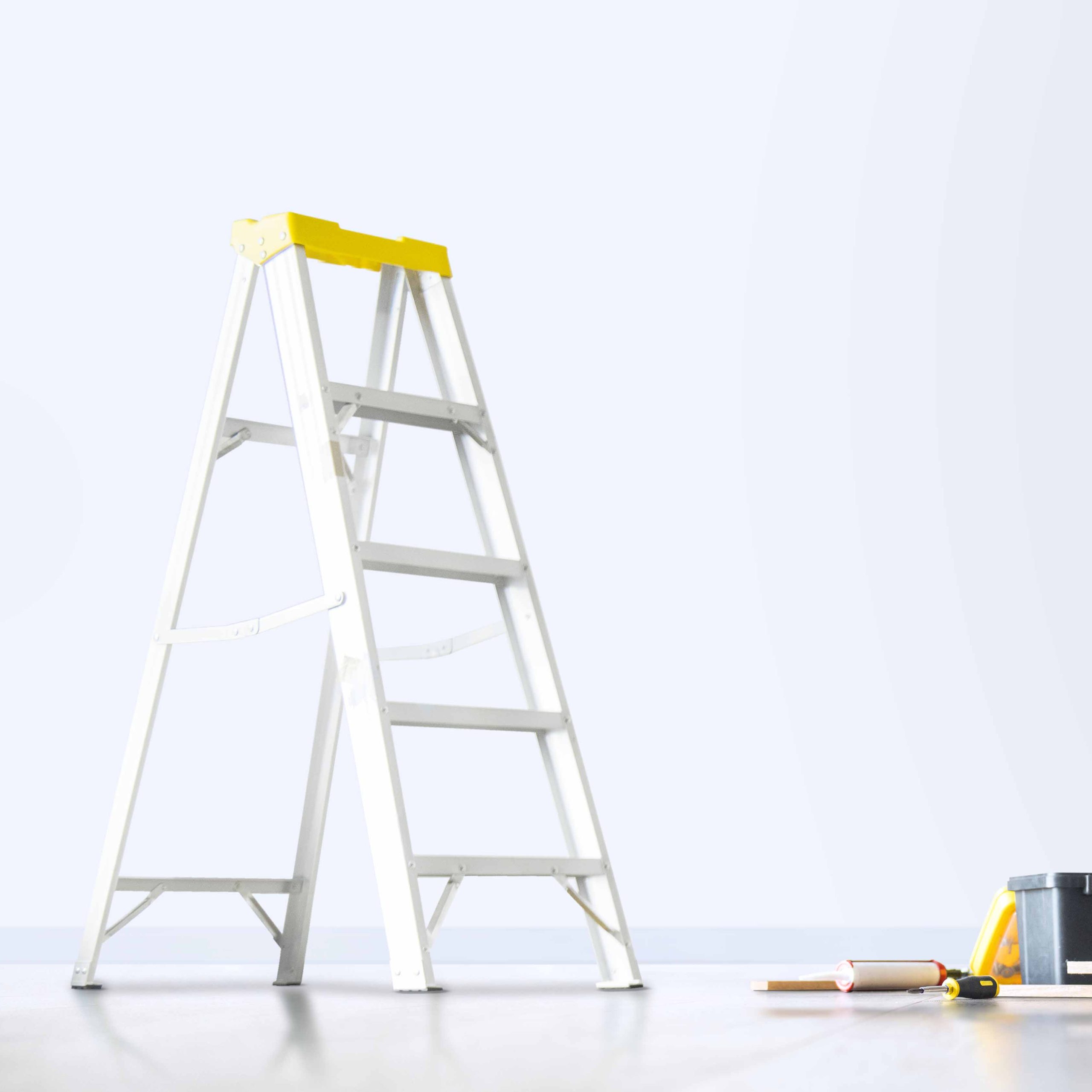The Ladder Association and the HSE have produced guidance on the use of ladders and stepladders. Did you know that falls from height remain the most common workplace fatality and 8% of all non-fatal injuries each year?
This guidance is for employers and aims to provide simple, sensible precautions they should implement to keep employees safe at work whilst using portable leaning ladders or stepladders.

Can ladders be used at work?
Using ladders at work is not banned under health and safety law, they can be a practice option for many tasks but they shouldn’t automatically be a first choice. For example, if you need to be on a ladder for longer than 30 minutes, it’s recommended to use alternative equipment.
Ladders can be used at height, at work, when a ladder risk assessment has been carried out for a task and as shown using equipment offering a higher level of fall protection is not justified because of the low risk and short duration of use.
Who can use a ladder at work?
To use a ladder you must be competent, or training to use a ladder under the supervision of a competent person.
To be considered competent, you will need to have completed ladder training and have a good practical and theoretical knowledge and experience to undertake the task. This includes how to assess the risks of using a ladder for a particular task, if it is right to use a ladder and what type of ladder should be used and how to use it.
Conditions of equipment
It’s the employers duty to ensure the ladder or stepladder is both suitable for the work task and in a good condition before use. They should have no visible defects and have an up-to-date record of detailed visual inspections carried out by a competent person.
To read the full guidance and download the brochure, please click here.






